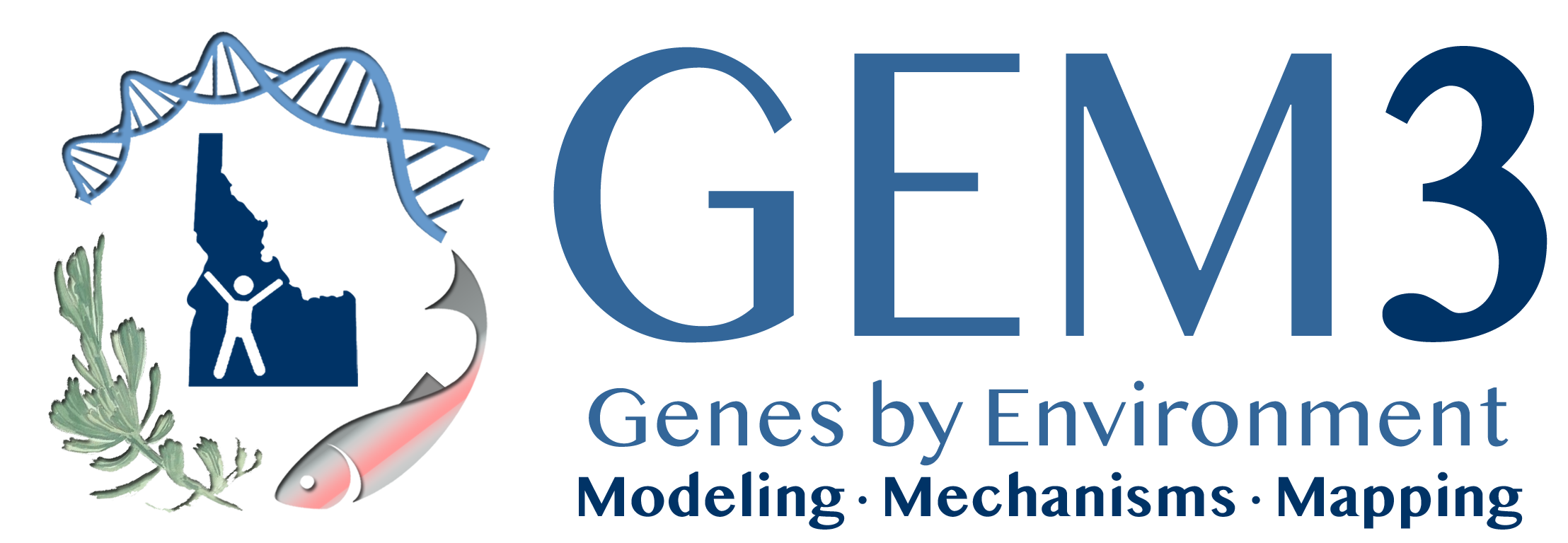Many species that undergo long breeding migrations, such as anadromous fishes, face highly heterogeneous environments along their migration corridors and at their spawning sites. These environmental challenges encountered at different life stages may act as strong selective pressures and drive local adaptation. However, the relative influence of environmental conditions along the migration corridor compared with the conditions at spawning sites on driving selection is still unknown. In this study, we performed genome–environment associations (GEA) to understand the relationship between landscape and environmental conditions driving selection in seven populations of the anadromous Chinook salmon (Oncorhynchus tshawytscha)—a species of important economic, social, cultural, and ecological value—in the Columbia River basin. We extracted environmental variables for the shared migration corridors and at distinct spawning sites for each population, and used a Pool-seq approach to perform whole genome resequencing. Bayesian and univariate GEA tests with migration-specific and spawning site-specific environmental variables indicated many more candidate SNPs associated with environmental conditions at the migration corridor compared with spawning sites. Specifically, temperature, precipitation, terrain roughness, and elevation variables of the migration corridor were the most significant drivers of environmental selection. Additional analyses of neutral loci revealed two distinct clusters representing populations from different geographic regions of the drainage that also exhibit differences in adult migration timing (summer vs. fall). Tests for genomic regions under selection revealed a strong peak on chromosome 28, corresponding to the GREB1L/ROCK1 region that has been identified previously in salmonids as a region associated with adult migration timing. Our results show that environmental variation experienced throughout migration corridors imposed a greater selective pressure on Chinook salmon than environmental conditions at spawning sites.
Sampling sites of ocean-type Chinook salmon populations in the Columbia River basin. Fall-run populations are indicated by red circles; Summer-run populations are indicated by blue triangles. Base map imagery was obtained from the Esri database.
| GEM3 author(s) | |
| Year published |
2021
|
| Journal |
Ecology and Evolution
|
| DOI/URL | |
| Mentions grant |
Yes
|
